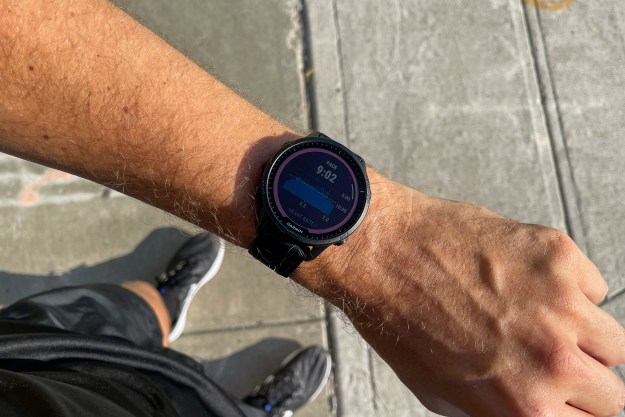MIT’s device puts a new spin on previous attempts to develop ingestibles for medical purposes. Some ingestibles can already capture internal images or measure body temperature, and the latest research from MIT’s Lincoln Laboratory combines this functionality with inspiration from the classic stethoscope.
This particular tracker uses audio recording technology that works like a tiny microphone to capture acoustic data. A proprietary signal processing system then translates these acoustic patterns into medical signals, such as heartbeat and respiration rate. Each source of sound has to be a distinguishable element of the tracker’s recording. In this way, researchers can single out noise produced by either the heart or lungs and cut out background interference.
Military personnel would be able to make great use of an ingestible tracker. Immediate diagnostics for conditions like extreme fatigue, dehydration, hypothermia, or shock could keep soldiers safer and healthier in war zones. And although the ingestible device only remains in the body for a short time, a device as small as a multivitamin pill would be easy to transport so soldiers can re-up when necessary.
Currently, doctors and nurses measure vital signs using things like electrocardiograms, pulse oximetry, and even traditional stethoscopes. These tools help doctors diagnose heart and lung diseases, but they also have certain shortcomings — such as the fact that they only return information for a short period of time. Conversely, MIT’s ingestible sensor would make it easier for patients under long-term observation.
Existing long-term monitoring solutions typically require patients to wear uncomfortable external monitors 24 hours a day. This often leads patients to remove the devices for hours at a time, which creates inaccurate medical data. With this swallowable stethoscope, MIT’s research team could revolutionize the discomfort and inefficiency caused by old technologies.


